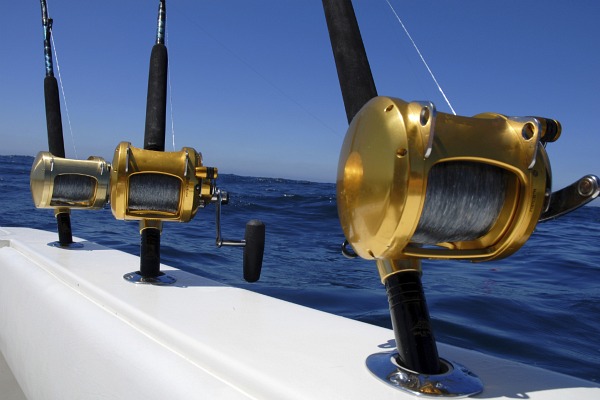Australian Sailing Team going with the flow at London 2012

Australia’s Olympic sailing hopefuls will have a powerful weapon in their arsenal when sailing for gold at the London 2012 Olympics.
Applied oceanography specialist Tidetech has been recruited to support the Australian Sailing Team with a high-resolution tidal model of Weymouth Bay, the London 2012 sailing venue.
The data supplied to the team will help unravel some of the complexities of this tricky tidal region and could have a profound influence on tactics.
Tidetech managing director Penny Haire said Weymouth was a challenging region to create a tidal model for.
“There are lots of elements contributing to the complexity of tides and currents around Weymouth,” Ms Haire said.
“To start with, Weymouth is close to Portland Bill where some of the largest tides in the UK can be found. The Bill is a big headland that projects out into the English Channel creating huge eddies in the tide. On the east going flood, a large eddy propagates north into Weymouth Bay creating a complex and dynamic situation and this can be further influenced by the wind.
“The tide coming in and out of the entrances to Portland Harbour is very localised and quite strong, but conversely it’s quite weak at the Nothe where the medal races will be held.
“To enhance and validate the model we went out in Weymouth Bay with specialist instrumentation including floating GPS buoys to take physical measurements of the current… the buoys provided 60-second observations from around the bay and gave us a physical reading to verify the model data.”
The complexity of the tidal current around Weymouth means there can be significant differences across even the smallest course. This is where the Australian Sailing Team will know it has the best available intelligence – tides can turn at different times on different courses and could be tactically crucial throughout the competition.
Australian Sailing Team technical and asset manager Michael Dunstan said the team had been working with Tidetech over the past 12 months to develop the model.
“The demand for accurate information for this level of sailing is acute… it can be the difference between success and failure,” Mr Dunstan said.
“We have worked together to produce this model to a high level of detail in a very challenging environment.
“While the race still comes down to various elements such as the course, individual skill, gear and other competitors, we have ensured our team will sail with the most complete information available for the conditions on the water.”
Tidal models are constructed using detailed bathymetric data (depths) and knowledge of local tidal harmonics. Complex calculations and mathematical analyses are then used to calculate how water moves from one part of the model area to another. The data is then converted into a visual representation that teams can view ahead of races.
Tidetech is also a technical supplier to the Volvo Ocean Race and the 34th America’s Cup.


